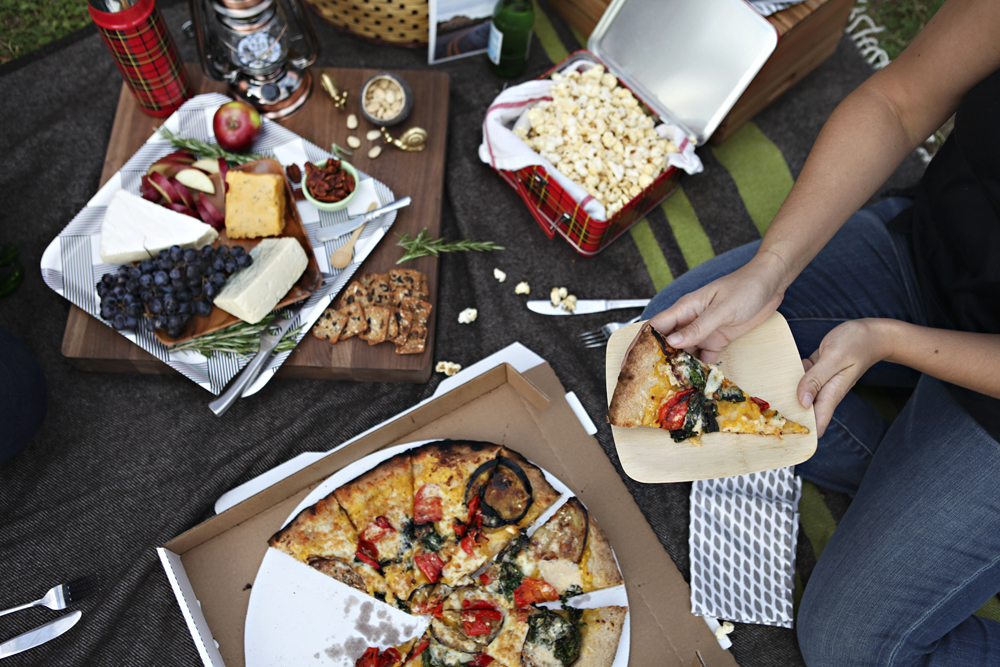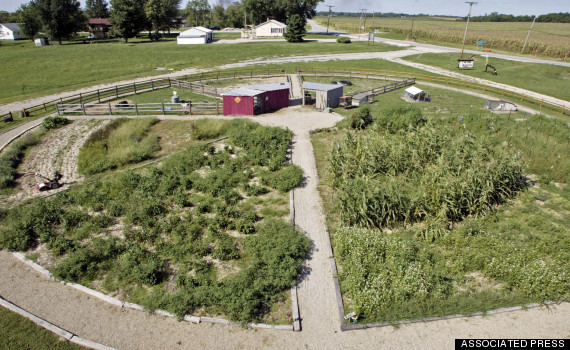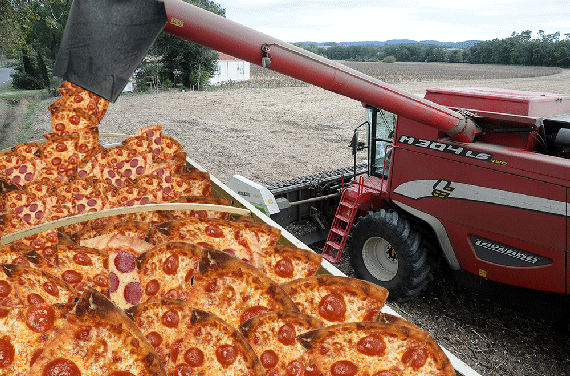Apparently 83% percent of all American pizza shops offer delivery and there’s 3 billion pizzas sold in the United States every single year — but these days, people are starting to flock to pizza farms for their fix.
Pizza farms use ingredients grown and sourced on-site, like tomatoes, bell peppers, wheat, and cheese. They’re the epitome of the farm-to-table movement — except there’s no table, and you’re the one who comes to the farm. You’ll BYOB and BYO-utensils, napkins, plates, other drinks, and cups in exchange for an authentic farm experience and the freshest pie to order.
Most pizza farms are sprawled across the Midwest. Customers can visit with their livestock and kill time on their grounds while waiting for their pies, and some farms also offer the chance to build your own brick oven and teach you to grow your own vegetable garden (for your own toppings, of course).

Photo courtesy of themidwestival.com
Other farms are shaped like pizzas themselves — the land is arranged into wedges and each wedge cultivates a different topping (like a tomato patch) or ingredient (like a pig pen for sausage).

Photo courtesy of ap.org
Pizza farms designate certain evenings and hours seasonally to be open to the public, so make sure you stay updated on your favorite farm. For example, Borner Farm Project in Prescott, Wisconsin is only open every other Friday from 5pm–8pm from May until October.
As an added bonus, pizza farms also help small farms stay afloat by providing another source of revenue, according to the Consumerist.
So put down that Pizza Hut and head on over to your local pizza farm.

Gif courtesy of huffingtonpost.com

